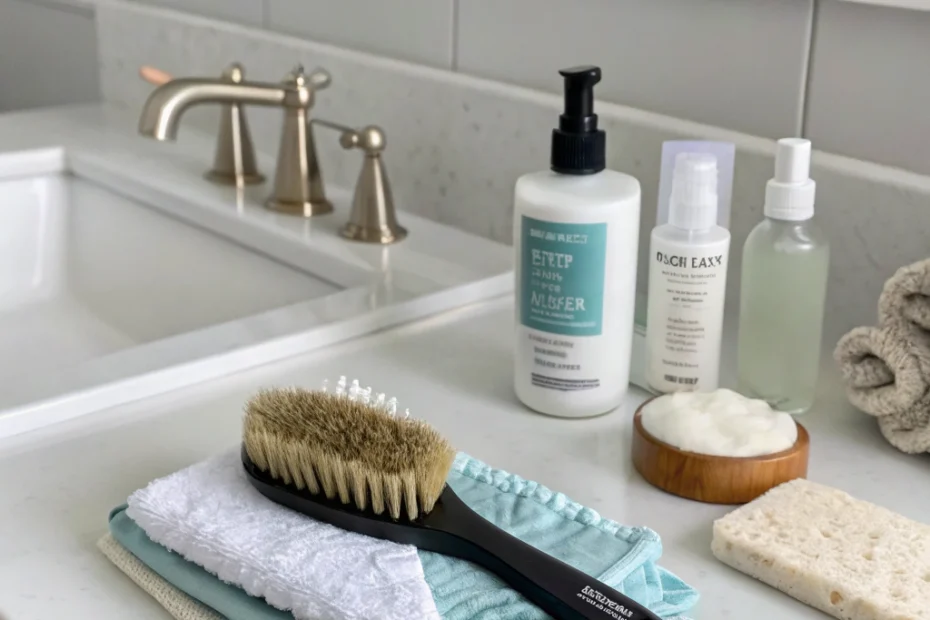At-a-Glance
Scratching is a natural behavior for cats, but it can be frustrating when your furniture becomes their target. Understanding why cats scratch and providing suitable alternatives can help protect your home. This article explores various strategies, including the use of cat furniture, to manage and redirect this behavior effectively.
How to Choose
Choosing the right cat furniture is crucial in preventing your cat from scratching your beloved couch or chair. Here are some factors to consider:
- Material: Look for materials that are durable and appealing to cats, such as sisal or corrugated cardboard.
- Stability: Ensure the furniture is stable and won’t tip over easily, as cats prefer sturdy surfaces.
- Size: Consider the size of your cat and the space available in your home. Larger cats may require more substantial furniture.
- Variety: Offer a mix of vertical and horizontal scratching options to cater to your cat’s preferences.
Safety & Setup
Setting up cat furniture safely is essential to encourage use and prevent accidents. Here are some tips:
- Secure Placement: Position the furniture in a stable location where it won’t wobble or fall.
- Accessible Areas: Place scratching posts or pads in areas where your cat frequently spends time.
- Introduce Gradually: Allow your cat to explore new furniture at their own pace, using treats or toys to encourage interaction.
- Regular Maintenance: Check for wear and tear regularly to ensure the furniture remains safe and appealing.
Core Pillars
Understanding the core pillars of cat behavior can help you manage scratching effectively:
- Territorial Marking: Cats scratch to mark their territory, both visually and with scent glands in their paws.
- Exercise and Stretching: Scratching provides physical exercise and helps cats stretch their muscles.
- Stress Relief: Scratching can be a way for cats to relieve stress or anxiety.
By acknowledging these needs, you can create an environment that supports your cat’s natural instincts.
Placement & Environment Tips
The placement of cat furniture can significantly impact its effectiveness. Consider these tips:
- High-Traffic Areas: Place scratching posts near areas where your cat likes to scratch, such as near their favorite napping spots.
- Multiple Options: Provide several scratching options throughout your home to prevent your cat from targeting furniture.
- Environment Enrichment: Incorporate toys and interactive elements to make the area more engaging for your cat.
Comparison with Alternatives
While cat furniture is a popular choice, there are other alternatives to consider:
- Deterrent Sprays: These sprays can be used on furniture to discourage scratching, but they may not be effective for all cats.
- Protective Covers: Furniture covers can protect surfaces but may not address the root cause of scratching.
- Training and Redirection: Training your cat to use designated scratching areas can be effective with patience and consistency.
Each option has its pros and cons, and a combination of strategies may be necessary for the best results.
FAQs
Why do cats scratch furniture? Cats scratch furniture to mark their territory, exercise, and relieve stress. It’s a natural behavior that can be managed with the right tools and strategies.
Can I train my cat to stop scratching furniture? Yes, with patience and consistency, you can train your cat to use designated scratching areas. Positive reinforcement and redirection are key.
What type of cat furniture is best? The best cat furniture is sturdy, made from appealing materials like sisal, and offers both vertical and horizontal scratching options.
What to Do Next
Now that you have a better understanding of how to keep cats from scratching furniture, consider evaluating your home environment. Look for areas where you can introduce or enhance cat furniture options. Remember, the goal is to provide your cat with appealing alternatives that satisfy their natural instincts. If you have any concerns about your cat’s behavior, consulting a veterinarian or a pet behaviorist can provide additional insights and support.
Disclaimer: Always consult your veterinarian for personalized advice regarding your cat’s health.
